9 Unique Cuts of Steak You Should Order at a Steakhouse
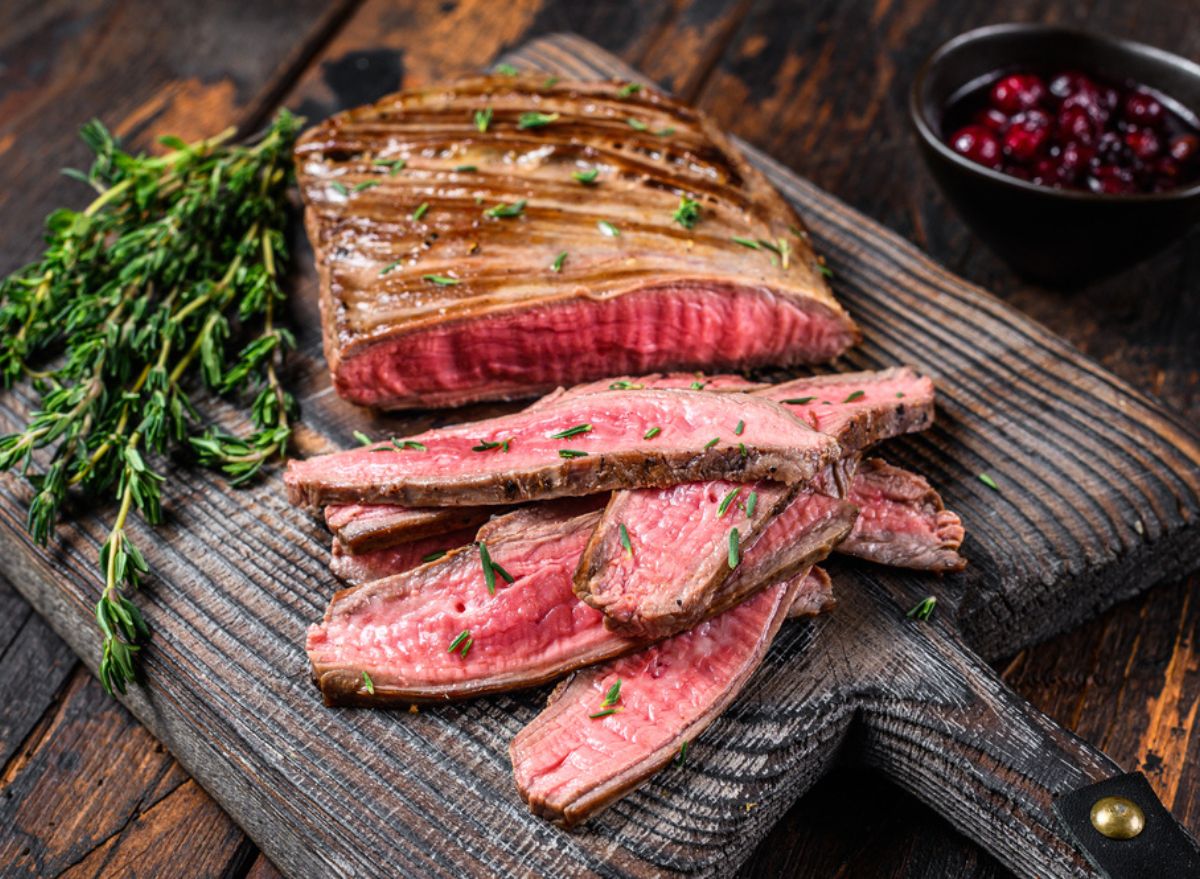
All meat lovers have their favorite go-to steak. Maybe you’re all about a marinated skirt steak prepared on the grill or seared in a cast iron skillet. Or perhaps you go for a bone-in ribeye at your favorite steakhouse. No matter what your cut of choice is, you’re probably familiar with easy-to-find steak cuts, like sirloin, ribeye, filet mignon, and New York strip. But did you know that there’s a whole other world of more unique, uncommon cuts out there that are just as delicious?
Unique cuts of meat not only add a bit more excitement to your plate, but they can also offer a whole new flavor and texture profile to your meal. For instance, the harder-to-find teres major cut is an incredibly tender choice that is great served over salads, whereas the unique hanger steak may take a bit of effort to make but is so worth it.
We tapped some chefs and butchers in the field for their expert recommendations on the most uncommon cuts of beef to order while out at a steakhouse. From under-the-radar cuts that go by various names (Denver steak, butcher’s steak, Zabuton—yup, it’s all the same thing) to less common steaks with interesting nicknames (take a peek at the baseball steak), here are nine secret steaks to always ask for at a steakhouse (hey, they may just have them!)
Picanha
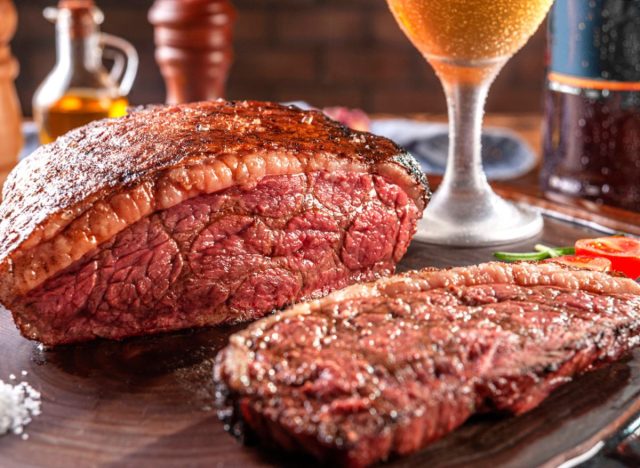
Michael Haas, pitmaster and founder of Angry BBQ, recommends ordering the picanha, a cut of beef that is popular in Brazil and Portugal but harder to find in the U.S. because American butchers often break the cut down into smaller pieces. The picanha cut sometimes goes by other names, including culotte, rump cap, or top sirloin cap.
“Picanha steaks are a flavorful cut of beef because of their fat cap,” he explains. “It is located at the rear of the beef and is considered part of the rump cap or sirloin cap muscle.” Haas shares that these cuts are ideal for grilling.
Brian Whalen, the executive chef of Jaja in Cleveland, Ohio, echoes this suggestion. He shares that the picanha is a highly flavorful cut that is also often relatively affordable compared to other options. “Many people, when ordering steak, tend to stick with their tried-and-true picks of filet, ribeye, or sirloin,” Whalen says. “I’d encourage all to give the picanha cut a try—we serve a 12-ounce picanha at Jaja, and I don’t foresee it coming off the menu anytime soon.”
Kansas City Strip
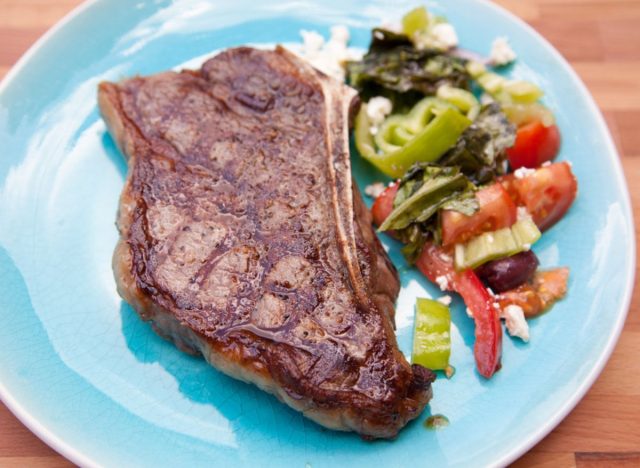
If you’re looking for a thick and juicy cut, then try out the Kansas City strip steak. This steak, which also goes by the name of New York strip steak, Ambassador steak, and Delmonico steak, is an excellent choice for those who want a steak they can easily cook up on a cast iron skillet or grill. Taken from the short loin section of the cow, this cut is especially tender and can be served with everything from mashed potatoes and sauteed vegetables, to fries and salads.
Denver Steak
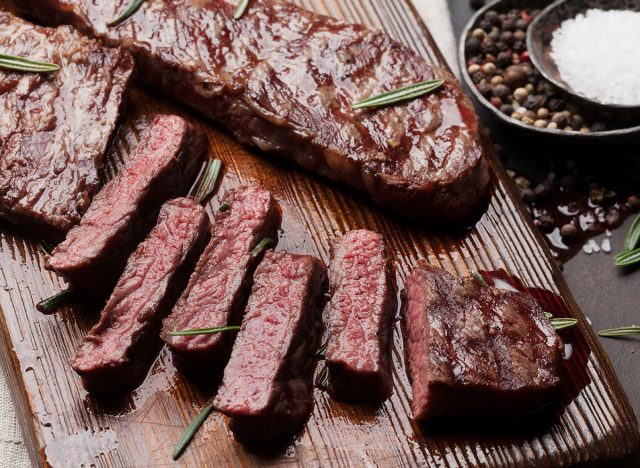
Brad Wise, executive chef and owner of Rare Society in San Diego, California, recommends the Denver steak if you want something a little out of the ordinary. This steak, which the Rare Society has on its menu, goes by several different names also, including butcher’s steak (Europe) and Zabuton (Japan). “From the beef shoulder, this cut is intensely marbled and soft and tender—meaning you’re going to get a steak that’s big and bold in flavor,” says Wise.
Wyatt Evans, culinary director of Jester Concepts, who owns P.S. Steak in Minneapolis, Minnesota, adds that this cut is often praised for its beefy flavor and tender texture. “The Denver cut is a unique cut of meat that comes from a lesser used portion of the chuck primal—the under blade,” he explains. “We use a Wagyu/Angus cross-breed of cattle for maximum flavor, and the breed combined with a lesser-known cut of meat makes for a unique, memorable steak experience!”
When preparing this cut, Sonny Ingui, executive chef at Urban Farmer Philadelphia, suggests a “quick flash in the pan.” “The Denver steak, or Zabuton, which loosely translates to cushion or little pillow in Japanese, was the main course on our B-Side dinner,” Ingui says. “Every other part of the chuck usually requires a longer cooking process and lends itself well to braising or smoking, but the Zabuton can be prepared with a quick flash in the pan or on a hot grill.”
Ingui points out that extracting this cut of meat takes a lot of precision, so if you see it in your butcher’s case, “you can rest assured the butcher knows what they’re doing.”
Petite Tender
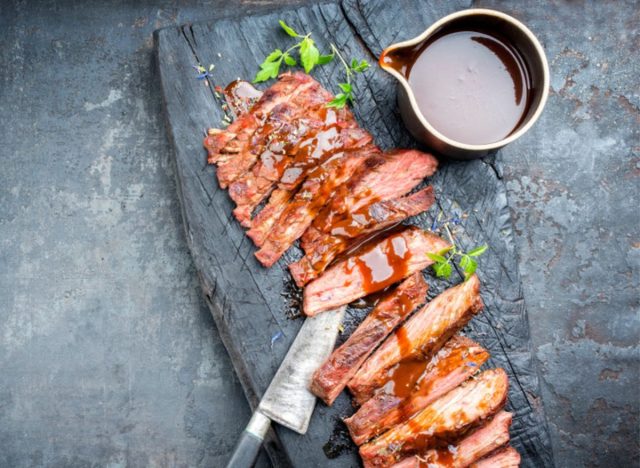
Another lesser-known cut of steak is the petit tender, also known as the teres major. Ellie Logan, professional chef and butcher for Walden Local Meat, recommends switching out your usual filet mignon order for the petit tender every so often. It’s a “wonderfully tender yet flavorful” steak that Logan says you should snatch up if you see it at your butcher’s.
“There are only two of these on the entire animal and, on average, they each usually weigh in at 10-ounces each, so they go quickly because those that know, know,” Logan advises. Logan explains that this cut of meat is lean and works well served over a salad.
Bavette
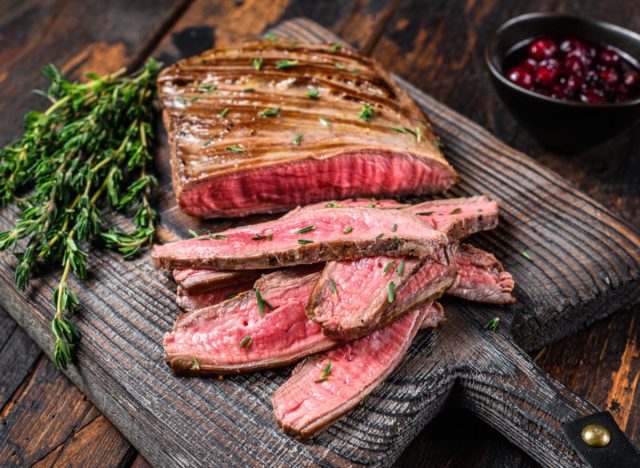
Loved for its rich flavor, the bavette cut (also known as flap meat or sirloin flap steak in the U.S.) is a great choice if you want something a bit different. Chef Dennis Littley shares that this long, flat cut of meat is taken from the bottom of the sirloin and has a delicious beefy flavor to it. It’s also leaner, which is great news if you’re looking for a cut that is less fatty and can easily be sliced and served over salads, vegetables, and more.
Just make sure to be mindful when cooking it. “It’s best cooked medium-rare or medium to avoid toughness,” advises Littley.
Hanger Steak

If you’re looking for a highly tender cut of meat, then opt for the Hanger steak, which comes from the diaphragm (or plate) section of the cow. “The Hanger Steak, or Hanging Tender, used to be one of the cuts that butchers would keep for themselves,” says Ingui. “It’s arguably the most tender cut on the cow.”
Ingui shares that this steak may require some extra work to prepare, but because of its delicious taste and texture, it’s totally worth the extra effort. “It’s heavily marbled and is a perfect cut to be served medium rare,” says Ingui. “It’s thin enough so that you can just give it a hard sear in a hot pan on both sides and then let it rest.” He also points out that once the steak is all cooked and ready to be served, you should make sure to only cut against the grain.
Flat Iron Steak
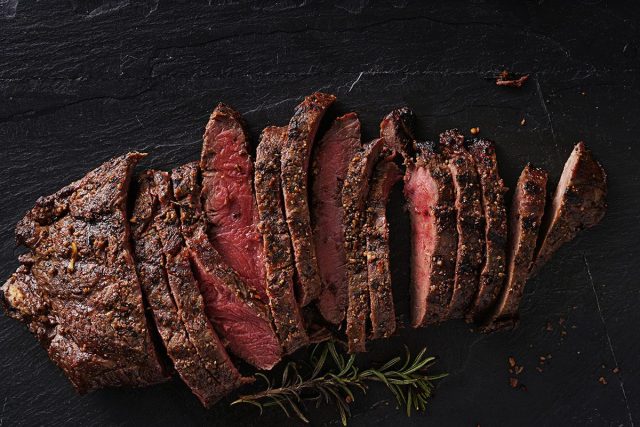
Daniel Brunina, executive chef and co-owner of Sergeantsville Inn in Sergeantsville, New Jersey cites the Flat Iron Steak as one of his “favorite off-the-beaten-path” cuts of meat. “This muscle comes out of the shoulder and rests in an area of high activity,” explains Brunina. “This is key because the more a muscle works, the better flavor it develops.” The chef shares that oftentimes an area of high activity results in a tougher cut, but the Flat Iron is able to remain tender.
Chef Ryan Schmidtberger from Hancock St, a restaurant in New York City, also suggests this cut. “Flat Iron Steaks are my go-to at a butcher shop,” Schmidtberger shares. “They are thick with lots of marbling that bring a beefy flavor like brisket to the plate.” He points out that these cuts are ideal for people who live in cities, such as New York, since they don’t necessarily have to be grilled.
Baseball Sirloin
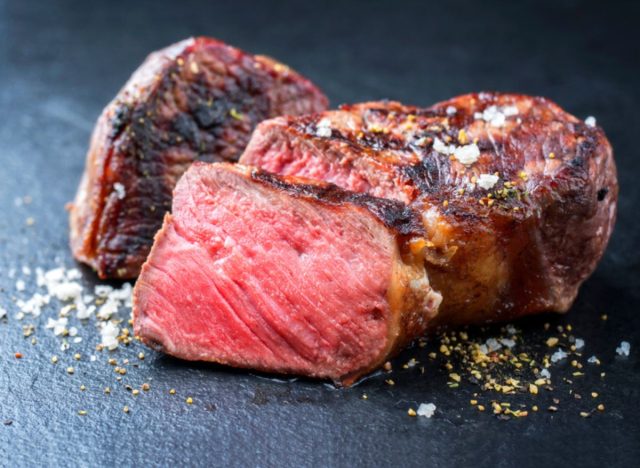
Here’s a cut of steak you may not be familiar with—the baseball sirloin. Taken from the center of the top sirloin cap steak, this choice is very lean but is still full of flavor. Many people prepare this steak medium or medium-rare by grilling, sauteing, or braising.
This distinctive cut of meat, which sometimes resembles a filet mignon, gets its name for its round, thick shape. Don’t be surprised if you can’t find this pick at your local grocery store—it’s usually a cut of beef you must request directly from your butcher.
Deckle aka Ribeye Cap
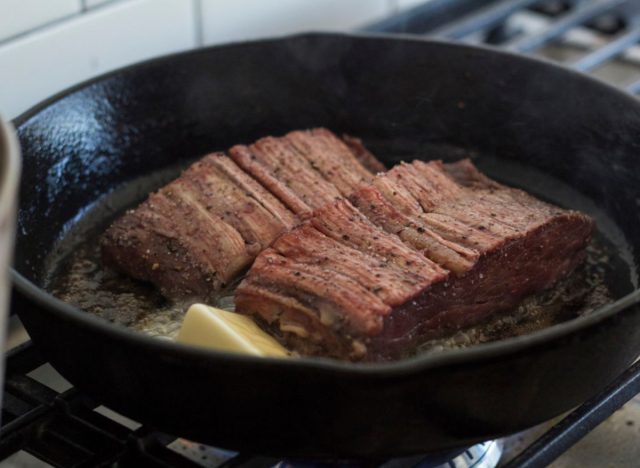
Ingui also recommends the Deckle (aka the ribeye cap), which he says is more of a “trade secret” than a hidden cut. “Everyone knows what a ribeye is, but what most people don’t realize is that there are two parts to that steak,” Ingui explains. “There’s the eye, which is the solid center piece that we cut right into or test to make sure it’s cooked to the temperature that we intended it to be—but the best part is the Deckle, the outer part surrounding the eye, separated by a small fat cap.”
The Urban Farmer chef says that people don’t notice how good this piece of meat is because it’s usually served well done. “In order to get the thick eye portion to the temperature we want, the Deckle has to be fully cooked.”
Suppose you want to try out this “secret” piece of meat. In that case, Ingui suggests you buy a ribeye and remove the cap, smother it in a homemade herb rub, and slow roast the cut of meat for a delicious dish that can be served at a dinner party or during a barbecue cookout. “Then the next day, throw some salt and pepper on the Deckle and slap it on the grill or in a smoker, get some good char on it, and maybe some barbeque sauce,” he adds. “It’s perfect for slicing down for tacos or bao buns—some people even like to marinate it, roll it up, tie it with some twine, and sear it off.”